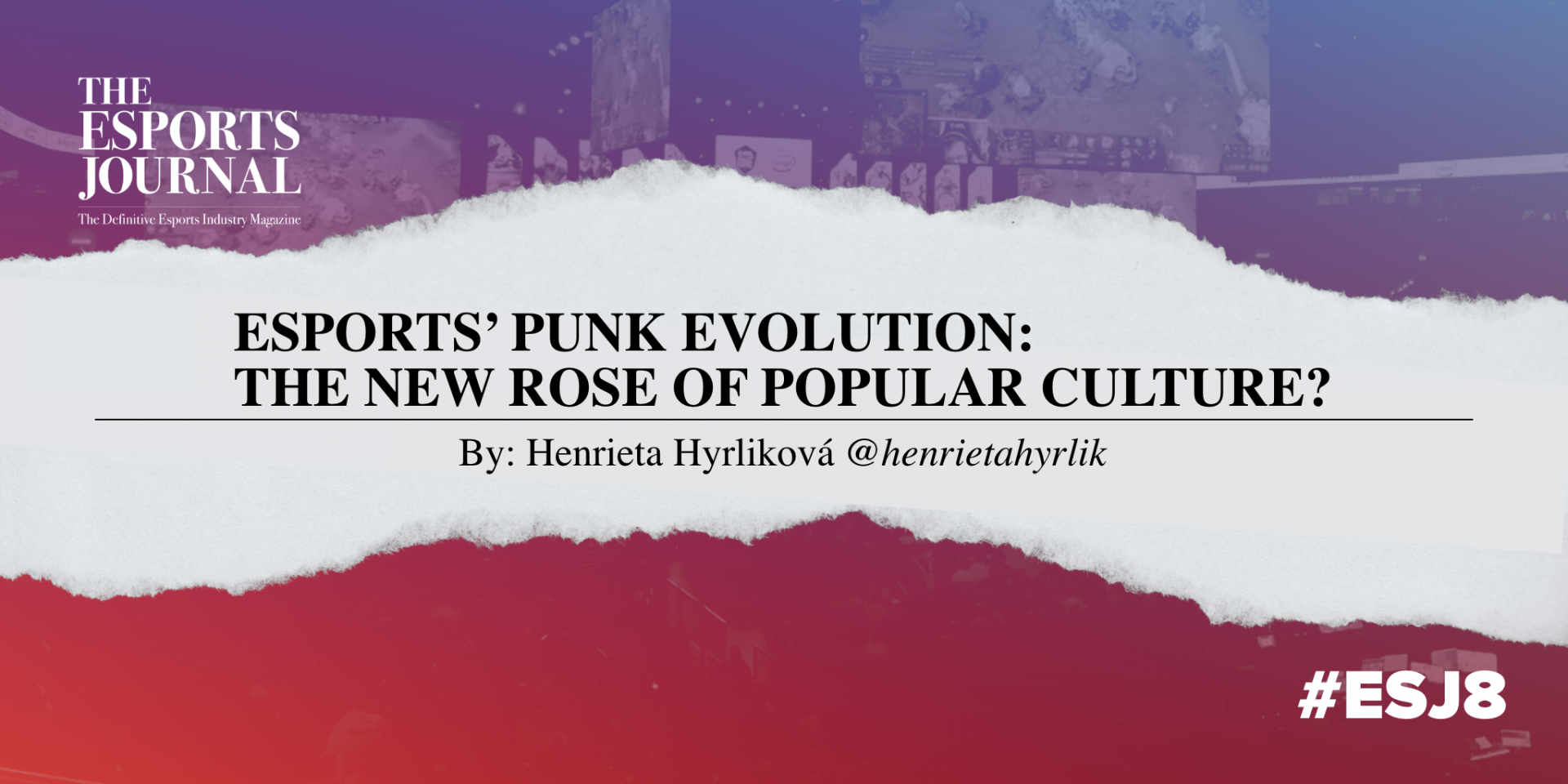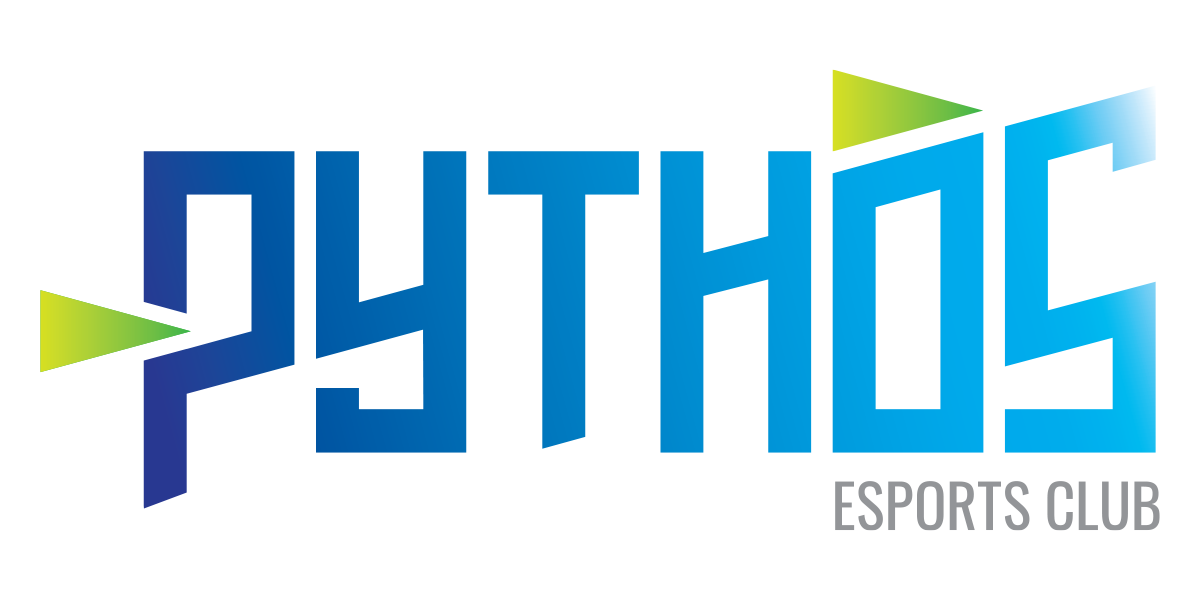07 May Esports’ punk evolution: The New Rose of popular culture?

Esports is like punk rock. The latter began popping up in a few major cities around the mid-seventies, with bands such as the Ramones in New York City and The Clash and Sex Pistols in London. It all started happening around the same time, and it hasn’t gone away.
RELATED: Ross Video: Elevating the esports broadcast production game
That said, punk has only rarely crossed into the mainstream, which should come as no surprise given that at its core, it remains fundamentally opposed to it, its roots so entwined in nonconformist and anti-establishment principles.
Whilst these bands are familiar to many, the genre only revelled in the spotlight for a short while before it went back underground. Then, two decades later, the mainstream got hold of punk rock again. This time it was the likes of Green Day, Blink-182 and The Offspring who lit the fire.
Suddenly, punk rock was popular, but again, it was somewhat brief. The mainstream tends to cherry-pick what it likes best.
“I often wonder if esports is quite similar to punk rock in this regard,” said Cameron Reed, Business Development Manager for Esports at Ross Video. “It’s too ingrained into a huge number of peoples’ hearts and minds. It can’t go away.”
He pushed the analogy even further: “Despite Green Day and The Offspring becoming superstars and enjoying successful careers, the majority of punk rock bands never reach that level, and continue to play underground. Similarly, Fortnite or League of Legends are on the top of esports, while titles such as Hearthstone and StarCraft II operate to this day under the surface of the mainstream, representing the bulk of esports.”
Reed, who has produced and directed many of the largest esports events, including IEMs, ESL Ones, and The Madden NFL Championships on ESPN2 and the NFL Network, shared his thoughts on the evolution of esports from the viewpoint of a production specialist.
Early stages
It’s been nearly 50 years since one of the first known gaming tournaments took place at Stanford University, California. However, it wasn’t until 1980 that the world’s first major esports tournament was held by Atari. The Space Invaders Championship attracted more than 10,000 participants, laying a cornerstone for esports as we know it today.
Talking about the ascension of competitive gaming, Reed mentioned three waves of modern esports. “The first wave dates back to the late 1990s and early 2000s when StarCraft: Brood War exploded simultaneously in South Korea and the US. However, it never got as big here as it got in Korea.
“In Korea, they were already organising big outdoor events for StarCraft while in the West, there was a sort of grassroots movement around games like Quake and Counter-Strike.”
In the following decade, StarCraft: Brood War became a huge spectator attraction for South Korean television. The Western world, in contrast, wasn’t prepared to keep up with such a pace. “In Asia, gaming and technology have always meant something different to them. The West just had different interests back then,” Reed added.
The next wave of esports rose again thanks to a title courtesy of Blizzard Entertainment. It was 2010 when StarCraft II came out. “Here they were already leaning on history, knowing how popular StarCraft: Brood War became in Korea and understanding that it never went away,” Reed said.
At this point, the West inched closer to the next era of esports. YouTube became ubiquitous, and a small website named Justin.tv emerged, which would change everything in terms of online streaming — especially when it became Twitch. “Video games had become a part of our cultural identity,” Reed said. “We are talking about the generation that grew up with a console or a PC in their house.”
The second wave fully unleashed around 2011, when companies like Major League Gaming (MLG) and ESL began organising tournaments and forming esports leagues. It was around this time when esports started gaining not only in terms of viewership, but also, at least in certain circles, in terms of recognition as a viable career option.
RELATED: OverActive Media strikes Red Bull partnership, announces new gaming studio
According to Reed, the third wave is the one we’re currently riding: “It’s this most recent surge towards the mainstream, where huge brands such as Coca-Cola or Mercedes-Benz are starting to pay attention.
“In the second wave, which is when I got into the industry, we never had sponsorships outside of developers. Maybe a mouse company, but we would be incredibly excited to get a company like MSI to let us use their computers for the tournament.”
To read the rest of this article, go to The Esports Journal Edition 8, page 29
Sign up to our ESI Dispatch Newsletter
 Africa, Asia, Commercial, Europe, Features, Games, Interviews, Latest News, Markets, Media Rights, Middle East, North America, Oceania, South America, The Esports Journal, UK, Cameron Reed Ross Video, Esports history, Esports production, Esports punk rock evolution, Ross Video esports, StarCraft
Africa, Asia, Commercial, Europe, Features, Games, Interviews, Latest News, Markets, Media Rights, Middle East, North America, Oceania, South America, The Esports Journal, UK, Cameron Reed Ross Video, Esports history, Esports production, Esports punk rock evolution, Ross Video esports, StarCraft


No Comments